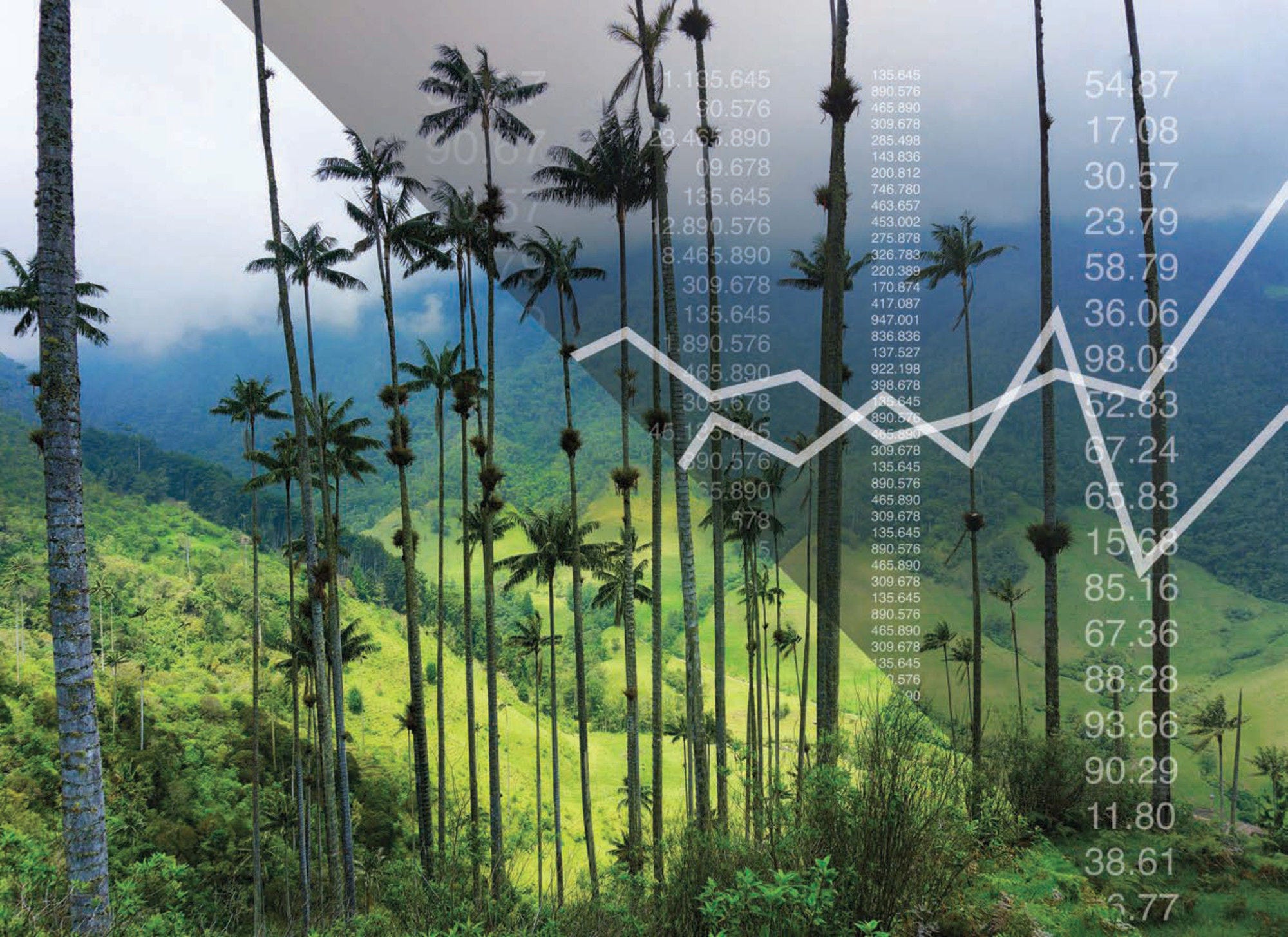Colombia is a country abundant in energy resources, including not only fossil fuels but also important hydro capacity and substantial renewable energy potential. Yet, declining oil and natural gas reserves, alongside the growing intensity of “El Niño” events and other climate change impacts on hydropower installations, have placed increasing strains on the country’s capacity to ensure secure, reliable and affordable energy. Commitment to climate action, including the government’s revised Nationally Determined Contribution (NDC) under the Paris Agreement, equally calls for measures to unlock the clean energy transition in Colombia in order to achieve substantial reductions in the country’s greenhouse gas (GHG) emissions.
Strategic policies have established the imperative for clean energy development
To realise its clean energy ambitions and enable the necessary mobilisation of finance and investment for these solutions, the government has set forth a number of important policy strategies, including the 2018 Green Growth Policy, the 2019 National Circular Economy Strategy and a forthcoming 2021 Energy Transition Policy. These high-level policies all note the role clean energy solutions like sustainable bioenergy can play in supporting decarbonisation objectives, whilst also achieving a number of other socioeconomic ambitions, including improved reliability of energy supply, reduced dependence on energy imports and improved access to affordable and reliable energy in areas that are not connected to the national electricity grid.
Bioenergy solutions can play a key role in achieving the country’s clean energy ambitions
Bioenergy can play a strategic role in meeting multiple policy objectives, given the opportunities to use residues and waste from agricultural, industrial and municipal activities for clean energy production. Developments to date have been concentrated on biofuels for transport and to a lesser extent bagasse use for electricity and heat co-generation in the sugar and palm industries, but there remains considerable, unexploited potential to use other agricultural residues and waste streams from industrial and municipal activities, with potential added environmental benefits from reduced amounts of waste going to the country’s aging and capacity-limited landfills. Unlocking these opportunities requires further policy actions to encourage clean energy generation from waste and residues, particularly as these projects can be more difficult in nature given the complex chain of sourcing, sorting and treatment of waste. Support for innovation and local technical capacity can also help to enable solutions fit for the Colombian context.
Clearer targets in energy planning will signal the prospects for bioenergy development
Strategic action is needed if Colombia is to unlock its considerable bioenergy resource potential, where expanding opportunities for these solutions requires a more in-depth vision on the role bioenergy technologies can play in the country’s energy transition over the next decade and beyond. Recent developments such as the country’s first renewable energy auctions in 2019 highlighted the clear interest from both domestic and international actors in engaging in Colombia’s clean energy market. Yet, opening the door for scaled-up finance and investment in bioenergy additions, particularly in face of falling solar and wind prices, will require more targeted measures to see similar levels of engagement from project developers and investors.
Notably, opportunities for bioenergy projects need to be reflected more clearly in energy market policy, regulations and electricity market design. For example, current electricity expansion plans do not adequately reflect national policy priorities such as the 2020 Bioeconomy Strategy, and reliance on the pipeline of planned capacity additions for the development of these plans does not account for the techno‑economic potential of bioenergy solutions in meeting the government’s strategic policy ambitions. Current plans also do not highlight the role bioenergy can play, for instance through dispatchable and round-the-clock power, in supporting further deployment of variable renewable electricity sources.
Early bioenergy developments highlight the importance of coherent regulatory guidance
Rules and regulations around electricity market access in an extensively integrated market, which compels high dependence on retailer willingness to connect distributed generation projects, make for critical barriers to bioenergy capacity additions. Useful lessons can be extracted from experiences over the last two decades with sugarcane and palm oil co-generation, which greatly benefited from regulatory reforms and market incentives. These measures enabled a clearer business model for those industries, resulting in a nearly six-fold increase in electricity sales from grid connected co-generation between 2000 and 2017.
Colombia’s strong framework for waste collection and disposal can be strengthened to encourage greater sorting, treatment, recycling and re-use of waste streams, building upon recommendations from the country’s accession to the OECD. Lack of incentives in the current regulatory environment add to challenges for bioenergy development, as landfill fees are low and the existing framework does not encourage alternative pathways for waste treatment, in spite of calls to reduce waste disposal. The number of actors, authorities and regulations influencing waste-to-energy also makes it challenging to navigate development of such applications.
Better access to affordable finance will help to lower the cost of bioenergy projects
Green finance flows continue to grow in Colombia, thanks to on-going capital market reforms and the government’s emerging sustainable finance framework. Yet, access to finance is a critical barrier for many bioenergy projects, especially for smaller players, who in addition to limited experience with bioenergy technologies also often lack sufficient credit history to get a project loan. Lender unfamiliarity with these types of projects and overall perceptions of risk by financial actors also mean the cost of finance is typically high, even for more established actors such as sugarcane co-generators, who can still rely on corporate credit lines to finance capacity additions. Targeted support, such as microfinance arrangements with local financial institutions, and use of de-risking mechanisms to address project risks will enable better financing conditions for projects and increase the attractiveness of bioenergy solutions in the market.
